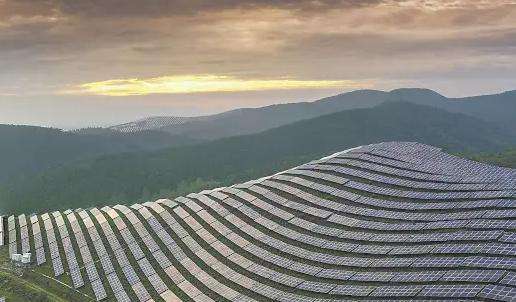Different disciplines have different names for water:
Depending on the quality of water, it can be divided into:
Fresh water: water whose hardness is less than 8 degrees is soft water. .
Hard water: Water with a hardness greater than 8 degrees is hard water. Hard water will affect the effectiveness of detergents, and heating hard water will cause more scale.
Drinking water can be divided into: fresh water based on the sodium chloride content.
Fresh water.
Salt water
Additionally:
Biological water: water in different states that exists in various life systems.
Natural water:
Soil water: water stored in the soil
Groundwater: water stored underground
Ultra-water pure: Water of extremely high purity, mainly used in the integrated circuit industry
Crystal clear water: Also known as hydration water. In crystalline substances, a cSome water molecules are combined with ions or molecules by chemical bonding forces.
The chemical molecular formula for heavy water is D2O. Each heavy water molecule is made up of two deuterium atoms and one oxygen atom. Heavy water makes up less than 20,000% of natural water, and heavy water obtained by electrolysis of water is more expensive than gold. Heavy water can be used as a moderator and heat transfer agent in atomic reactors.
The chemical molecular formula for superheavy water is T2O. Each heavy water molecule is made up of two tritium atoms and one oxygen atom. Superheavy water is extremely rare in natural water, with a proportion of less than one part per billion. The production cost of super heavy water is tens of thousands of times higher than that of heavy water.
The chemical formula for deuterated water is HDO. Each molecule contains ahydrogen atom, a deuterium atom and an oxygen atom. Not very useful
When plants perform photosynthesis, they can not only break down water into hydrogen and oxygen, but also break down hydrogen into positively and negatively charged particles. If positively and negatively charged particles can be used, they can generate. electricity. Current research on plant energy production includes:
1. Plant chlorophyll-based energy production: Chlorophyll extracted from spinach leaves is mixed with lecithin, covered with a transparent tin oxide crystal sheet and placed as a positive electrode. In transparent batteries, when illuminated by sunlight, an electric current is generated. Research shows that batteries made from chlorophyll can convert 30% of solar energy into electrical energy;
2. Improved plant energy production experiments at the University of Cambridge in the UK: Researchers installed electrodes in some plant pots to collect electricity generated by plants during photosynthesis. Currently, a pot of ferns one meter in diameter. can generate 100 watts of electrical energy.














